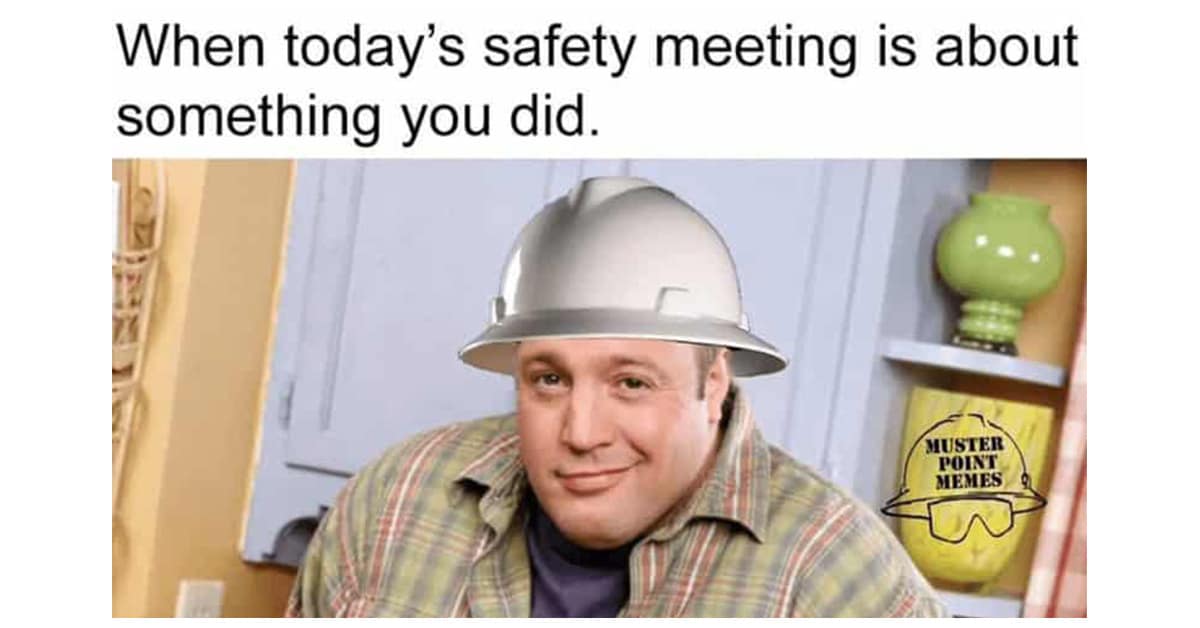Work zones might seem like nothing more than an annoying delay in your commute, but they’re actually danger zones where lives are at stake – both yours and the workers’.
Let’s be real: nobody wakes up thinking “I hope I crash in a construction zone today!” Yet these crashes happen with alarming frequency, with 60% of highway contractors reporting crashes into their work zones in 2025. Even worse, 24% reported public fatalities and 61% reported injuries from these incidents.
So how do you avoid becoming another statistic? Let me break down some practical strategies that could literally save your life (and someone else’s).

How to Not Die (or Kill Someone) in a Work Zone
Slow the heck down

This is the absolute #1 thing you can do to stay safe. Speeding is one of the leading causes of work zone crashes, and those reduced speed limits aren’t just suggestions.
Think about it – construction zones have:
- Narrower lanes
- Workers on foot
- Heavy equipment
- Unexpected stops
Going too fast gives you less time to react when something unexpected happens. And bonus: fines double in work zones, so your wallet will thank you too.
Eyes on the road, not your phone
We all know distracted driving is dangerous, but in work zones, it’s downright deadly. That text message can wait. That podcast adjustment can wait. That perfect playlist selection can wait.
When you’re in a work zone, you need to be giving 100% of your attention to the road. Research shows that using a cell phone while driving – even hands-free – makes you four times more likely to crash.
Keep your distance

Tailgating is asking for trouble in normal conditions. In work zones? It’s practically begging for a rear-end collision.
Rear-end crashes are the most common type of work zone accident. Why? Because people follow too closely and can’t stop in time when traffic suddenly slows or stops.
The 3-second rule (staying 3 seconds behind the car in front of you) should be more like 4-5 seconds in work zones. Give yourself room to react.
Obey the signs or pay the fines
Those orange signs, cones, and barriers aren’t there for decoration. They’re literally the roadmap for getting through the work zone safely.
Lane shifts, merges, and closures happen frequently in work zones. If you ignore the signs telling you what’s coming, you’re going to find yourself making sudden, dangerous maneuvers – or worse.
Pay special attention to flaggers. Their directions override posted signs and signals. Remember: they’re directing traffic in an environment where their lives are literally at risk.
Patience is a life-saving virtue

I get it – work zones are frustrating. You’re already late for that meeting, and now this?
But aggressive driving in work zones is like playing Russian roulette. Weaving through lanes, tailgating, speeding up to merge at the last second – these behaviors dramatically increase your chances of causing a crash.
Take a deep breath. Listen to your podcast. Remember that your meeting is not worth someone’s life.
Watch for the big guys
Commercial vehicles are involved in a disproportionate number of fatal work zone crashes – more than 30% on urban interstates and over 50% on rural interstates.
These trucks take longer to stop and have bigger blind spots. Give them extra space and never cut them off, especially in work zones where lanes are narrower.
Use tech to your advantage
This might seem contradictory after I told you to put your phone down, but hear me out. Before you start driving, check your navigation app for work zones on your route. Many transportation departments now provide real-time work zone information.
Planning ahead means you won’t be surprised by a work zone, giving you time to prepare mentally and maybe even choose an alternate route.
Why This Matters Beyond the Obvious

Each year, hundreds of people die in work zone crashes – both drivers and workers. These aren’t just statistics; they’re people with families who never made it home.
The most sobering part? Almost all of these crashes are preventable with the simple steps I’ve outlined above.
In Alabama alone, there were 2,044 work zone crashes reported in 2024. While 80% only resulted in property damage, many were rear-end collisions caused by – you guessed it – speeding or not paying attention.
Quick Tips for Work Zone Safety
- Avoid changing lanes inside work zones unless absolutely necessary
- Keep your foot ready on the brake for sudden stops
- Never drive around barriers (duh, but people do it)
- When lanes merge, take turns – it’s faster for everyone
- Stay alert even after passing the visible construction area
- Turn on your headlights to increase visibility
The bottom line is this: work zones are temporary inconveniences, but the consequences of unsafe driving can be permanent. The few minutes you might save by speeding through a work zone are never, ever worth the risk.
Next time you see those orange signs coming up, remember that your decisions in the next few minutes could literally be life or death – not just for you, but for the workers who are just trying to do their jobs and go home to their families.
Be the driver who slows down, pays attention, and sets an example. It’s not just the law – it’s the right thing to do.




